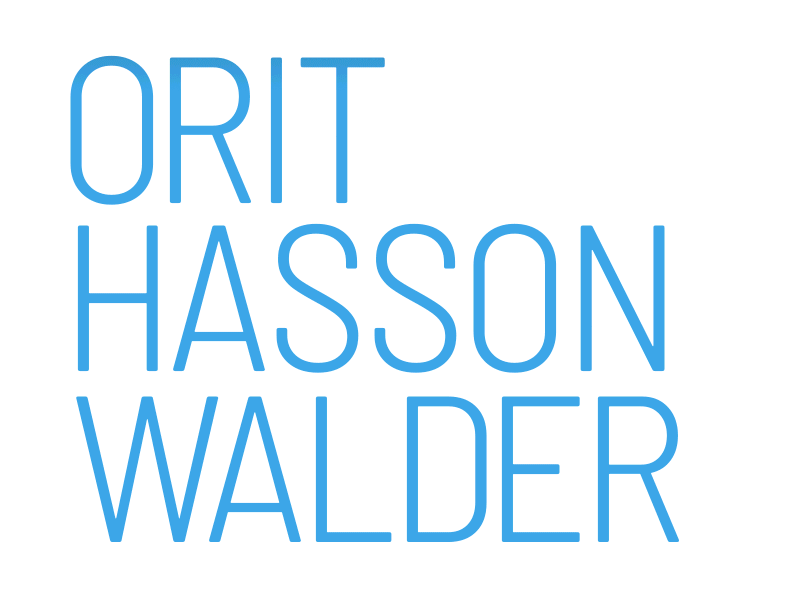Temporary Grove
Temporary Grove:
Co-Curators: Orit Hasson Walder and Maayan Sheleff
Kav 16 Urban Community Gallery, Tel Aviv
The Neveh Eliezer neighborhood was created in the 1970s as part of the urban renewal program in distressed neighborhoods through evacuation of the residents into new areas and destroying the old buildings to build new buildings with a higher density of residence. The residents of Kfar Shalem, some of whom were settled in the neighborhood in 1948 by the government and have lived there ever since with their families, were subjected to various evacuation and reconstruction plans since the ‘60s, some of which ended with violence when residents refused to leave. The last evacuation of the Mahal Complex near Moshe Dayan Street took place several months ago.
Four installations in the gallery constitute the last link in a chain of actions, summing up six months of walking through the neighborhood, participating in meetings with activists, being hosted in homes and conducting dialogues with residents. The unmediated, warm connection built up with the local residents led to collaboration on the project. The meetings and salon talks touched upon issues associated with ethnic and national identity. The concept of “home” and private and collective identities were examined, with the artists creating “cracks” in those concepts through the biographical materials that came up.
In getting to know the heterogeneous neighborhood, the artists were exposed to opposed forces and interests. During the process of sobering up, the understanding developed towards the partialness of the art activity, as opposing trends of groups in the neighborhood were exposed, and the understanding of the power relations between various organizations became clearer: the community center, a gallery subject to City Hall, organizations engaged in eviction, the 100th anniversary of the city and urban renewal in favor of real estate tycoons. Indirectly present in the exhibition are the traces of this awareness and recognition of the limits of the possibility of generating change. This is a small attempt to shape a community through a minimal activity, a community that is not beaten down by any sort of institutional power, and the belief in a network of contacts that an exhibition such as this is able to weave – the belief in the possibility that an exhibition can create tiny moments of solidarity between neighborhood residents through a pool of images.
Ofra Harnam presents a video work documenting conversations with local residents, creating a parallel between the evacuation of the Arabs in 1948 from Kafr Salameh and the initiated control of the houses and the evacuation of the residents from the Mahal compound in 2007. Harnam is attempting to point out the complex reciprocal relations between the two evacuations, the two emigrations. She returns to two charged foundational moments in the local history: the flight of the Arab residents, appropriating their houses, and settling the new immigrants (most from Arab countries) in the houses to populate them. Harnam lets information filter slowly down to the viewer, ending with an anecdote showing the similar name given to both evacuation operations in 1948 and 2007: Operation Passover Cleaning [i.e., “Destroying the Unleavened Bread”].
Eli Barak’s small installations act as mini-exhibitions, visual words or proposals for a small-scale array. Thus his display of two nearly identical photographs of a soldier, placed on a shelf: in one the soldier is smiling, in the other he is not. They are nearly identical, standing on a shelf like two mistakes whose combination exposes something outside the frame. The installations speak of the challenge to archival modes of preservation and editing. and on breaching the borderlines between artistic installation with aesthetic codes (in small exhibitions) and with installations dictated by ethical responsibility to the past and towards the local residents.
Nima Ktalav uses a projection of a digital presentation of portraits in classical frames hanging on the wall, in a linear progression reminiscent of paging through an album or a book. The nostalgic gazing through an old photo album comprising memory and autobiographical stories is replaced by a random placement of portraits plucked out of context. They represent different spaces of time, as a kind of screen saver hanging on the wall as a family portrait for the living room.
The name of the exhibition, “Temporary Groves,” actually connects the issue of the evacuation back to the issue of the lack of green spaces, two of the painful issues that arose in conversations with the local residents. “Temporary Groves” are those very same sandy patches with a few trees that may be seen in this neighborhood and in other quarters, marked and defined by a sign. Many times, the grove is an area that was evacuated in the past but still has no construction permit, defined as a “temporary grove” to prevent an illegal takeover. The temporary groves represent a state of being stuck, a “twilight zone” in which control of the space is sequestrated from its residents. In addition, the title reflects the engagement in plantings as a commonly-used tactic of distancing and indirect speech in a discourse on emigration and displacement.
“…Other temporary groves are the outcome of civil activities in neglected and abandoned public areas. These one-sided actions implant a unique landscape language in the urban periphery. The double lining of the temporary grove – the one that the municipal bureaucracy creates [“from the top down”] and the one built “from the bottom up” are organized on several contrasting axes: nature/culture, private/public, local/global…”
